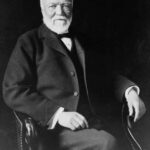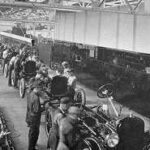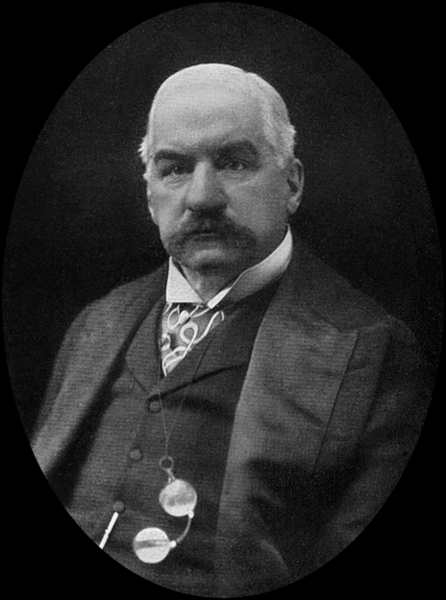Sometimes, the best business ideas don’t come from brainstorming sessions, strategy meetings, or even years of industry experience. Instead, they come from looking at something completely unrelated—and connecting the dots in a new way.
Take the story of Henry Ford. Known as the father of modern automotive manufacturing, Ford’s biggest breakthrough didn’t come from studying other automakers. Instead, it came from a trip to a meatpacking plant. There, he observed how a side of beef traveled on a trolley through a series of workstations. Each butcher along the line performed a single task—one cut at a time—until the carcass was disassembled and packaged.
That simple observation sparked an entirely new way of thinking. What if, Ford wondered, the same principle could be reversed? What if, instead of disassembling, a product could be assembled as it moved down a line?
That thought gave birth to the assembly line—a concept that would completely revolutionize manufacturing. Before this innovation, building a car took over 12 hours. After implementing the conveyor-driven system, that time dropped to just 1.5 hours. Suddenly, Ford’s factory was producing 1,000 cars a day.
But the innovation didn’t stop at speed. Ford’s method made it possible to “engineer out” specialized skills from the process. Each worker only needed to master one task. The barrier to entry for labor dropped, and the scalability of production soared. This wasn’t just innovation—it was industrial transformation.
This is the power of cross-industry inspiration.
Looking beyond your own bubble can help you see familiar problems in unfamiliar ways. For example, Lars Roulund, founder of HESS LLC, took a cue from the medical field. He noticed that ROHO Inc. designed air bladders to reduce pressure sores for patients in wheelchairs. Instead of staying within the healthcare lane, he applied that same technology to motorcycle and truck seats. The result? AirHawk—a blue ocean success story that redefined comfort for long-distance riders.
Related Post: How To Find Business Lessons in Unexpected Places
This kind of thinking is what separates incremental improvements from breakthrough innovation. Tools like the Business Model Canvas can help you visualize how ideas from one industry might transfer to another.
Here are a few questions to help you start:
- What is a process in your business that could be radically simplified or sped up?
- Which other industries deal with similar customer needs or workflow bottlenecks?
- What innovations have emerged in fields like healthcare, aviation, or software that might be adapted to your business?
You don’t need to invent something from scratch. You just need to observe, adapt, and apply.
Henry Ford didn’t create the conveyor system—he saw it, understood it, and made it his own. That’s the real genius.
So, what industry might hold the answers to your next innovation?












